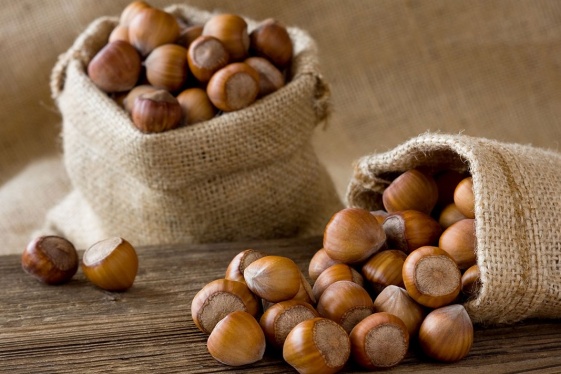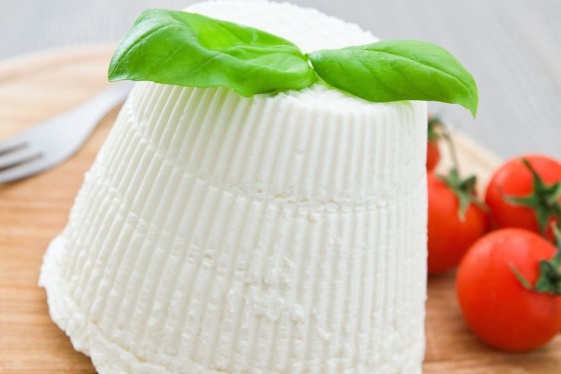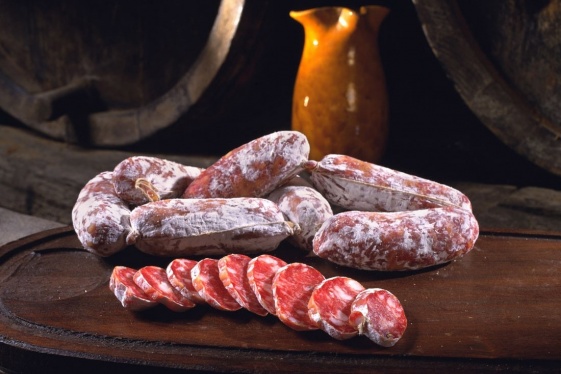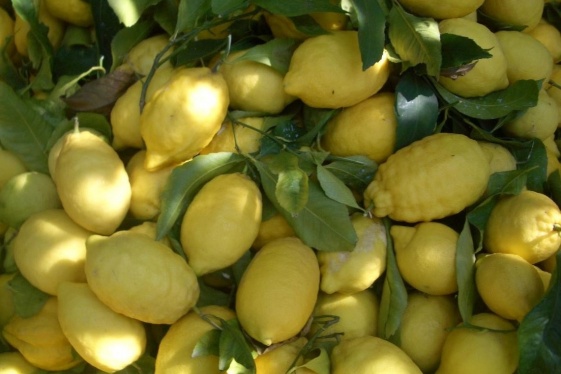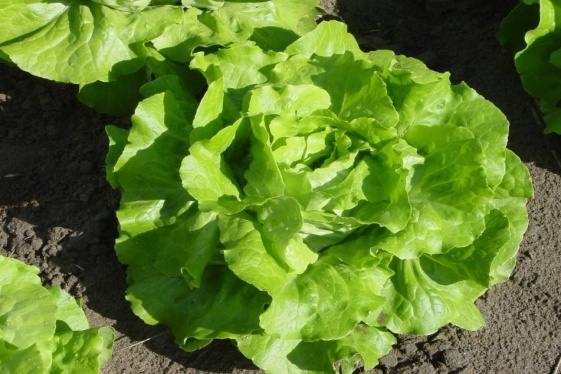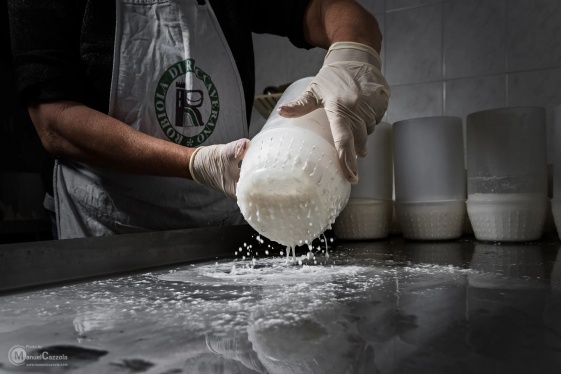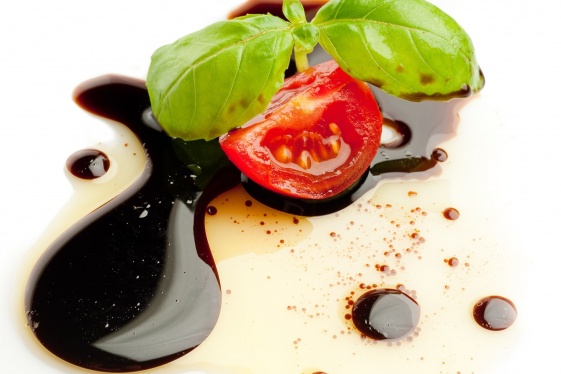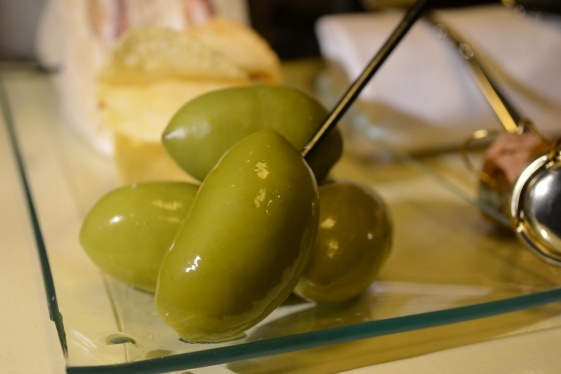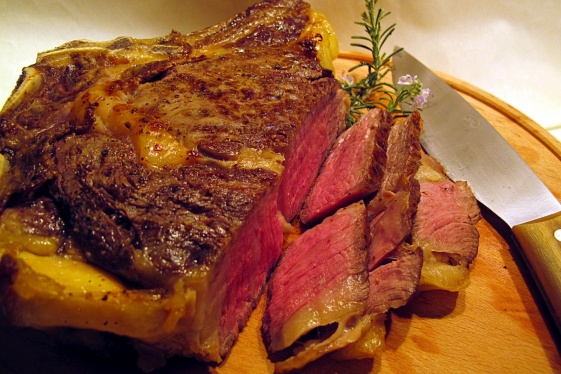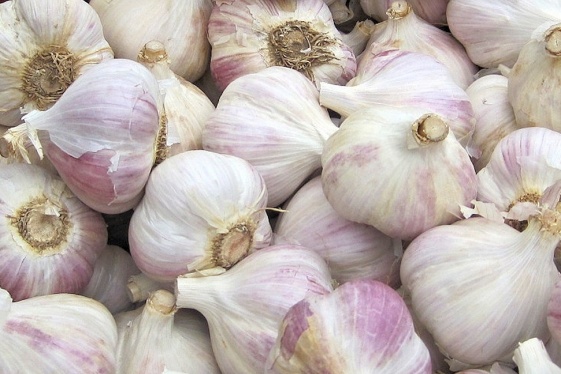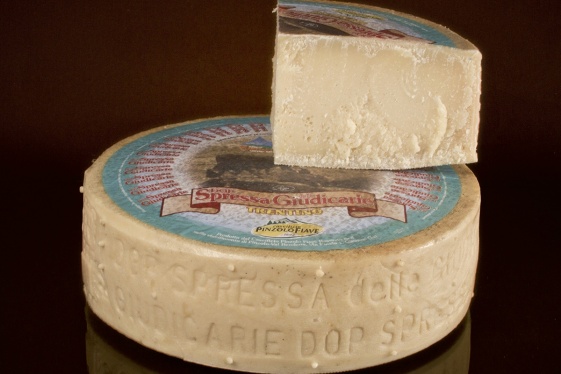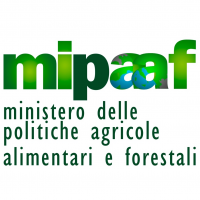
MIPAAF
The Ministry of Agriculture and Forestry (Ministero delle Politiche Agricole Alimentari e Forestali – MIPAAF) develops and coordinates the lines of agricultural, forestry, agri-food and fisheries at the national, European and international level. http://www.politicheagricole.it/
Italian flavors: Piemonte Nuts
The hazelnut, widely found in all temperate regions of the northern hemisphere, was one of the first fruit trees to be used and cultivated by humans, providing an important source of energy for early nomadic populations. Research carried out in past years has shown that the hazelnut was already present in the historical cultivation areas of Piedmon...
Italian flavors: Terre di Siena Oil
Olive cultivation has deep roots in the area around Siena, and the olive tree can be found in Tuscan works of art and paintings from the late Middle Ages on. There are also texts from the sixteenth and seventeenth centuries that mention the presence of olives over a large part of the hills near Siena which enhanced the magnificent landscape. In his...
Italian flavors: Ricotta Romana
The first historical references to the Roman ricotta cheese date from the description of cheese-making techniques provided in “De re rustica” by the Roman agronomist Columella in the 1st century BC. In those times, sheep's milk had three uses: the first religious, the second alimentary, as a food or drink, and the third to make both fresh and aged...
Italian flavors: Cacciatora Salami
The name “Cacciatore” (hunter’s style) derives etymologically from its original use in the rations that hunters carried in their knapsacks during their trips. The history of the product developed hand in hand with the evolution of the rural culture typical of the regions of the production area, which provide the raw material that is processed accor...
Italian flavors: Amalfi Coast Lemon
The Amalfi Coast represents a mirabile example of how the agricultural landscape can characterize a geographic area. The sweet degrading of the terraced gardens with lemon groves, the evocative contrast of colors between the green of the leaves and the blue of the sea, the penetrating scent of zagare (lemon blossoms), make the Amalfi Coast a unique...
Italian flavors: Lusia Salad
The first documents that speak of horticulture in the Lusia area are several handwritten notebooks dated 1930. The term “insalata” is used, which at that time still meant either lettuce or endive. But, in 1933, the words “latuga” or “salata” appear meaning "Cappuccia lettuce”. The post-war period, characterized by destruction and famine, provided a...
Italian flavors: Robiola di Roccaverano
The origins of Robiola di Roccaverano date back to the Celtic-Ligurian period.Its name recalls the Latin term “robium”, referring to the reddish colour of the outer part of the cheese, and the name of the town of Roccaverano in Asti, where this product originated. A manuscript signed by the priest Pistone in 1899 relates the history of the parish o...
Italian flavors: Modena Balsamic Vinegar
There have always been different types of vinegar made from grape must in Modena, which have developed in accordance with the history of various recipes, different methods of preparation and aging. The origin of these products dates back to ancient Roman traditions. The term balsamic is relatively young, however, and was used for the first time in...
Italian flavors: Bella della Daunia Oil
“Bella di Cerignola” olives have been cultivated since time immemorial. Some believe that they come from the “Orchites” olives of the Romans, others believe they were introduced from Spain before 1400 AD. However, since there is no evidence of them among native Spanish varieties, they should be considered a native variety of Cerignola in ancient Da...
Italian flavors: White Veal from the Central Apennines
The origins of the three different breeds of Vitellone Bianco dell'Appennino Centrale IGP (White Veal from the Central Apennines) are ancient and distinct. The Romagnola breed comes from the Caucasus region of the Ukraine and arrived in Italy with Agilulf’s Lombards in the fourth century A.D. However, it was the engineer Leopoldo Tosi, who created...
Italian flavors: Polesano White Garlic
The presence of garlic in the Polesine area dates from the Romans who built reclamation works and created agricultural land by greatly modifying the hydrogeology of the area. Evidence of this comes from the writings of Perretto and Marangano in the publication “La Centuriazione dell’Agro di Adria” in which the cultivation of garlic is described as...
Italian flavors: Spressa delle Giudicarie Cheese
Spressa delle Giudicarie DOP (Protected Designation of Origin) is one of the oldest cheeses of the Alps and one of the most recent to receive DOP status within Italy. Definitive approval was only obtained on 26 January 2004, when it was entered the Register of Protected Designations of Origin, which protects its quality within Italy and Europe. Spr...



